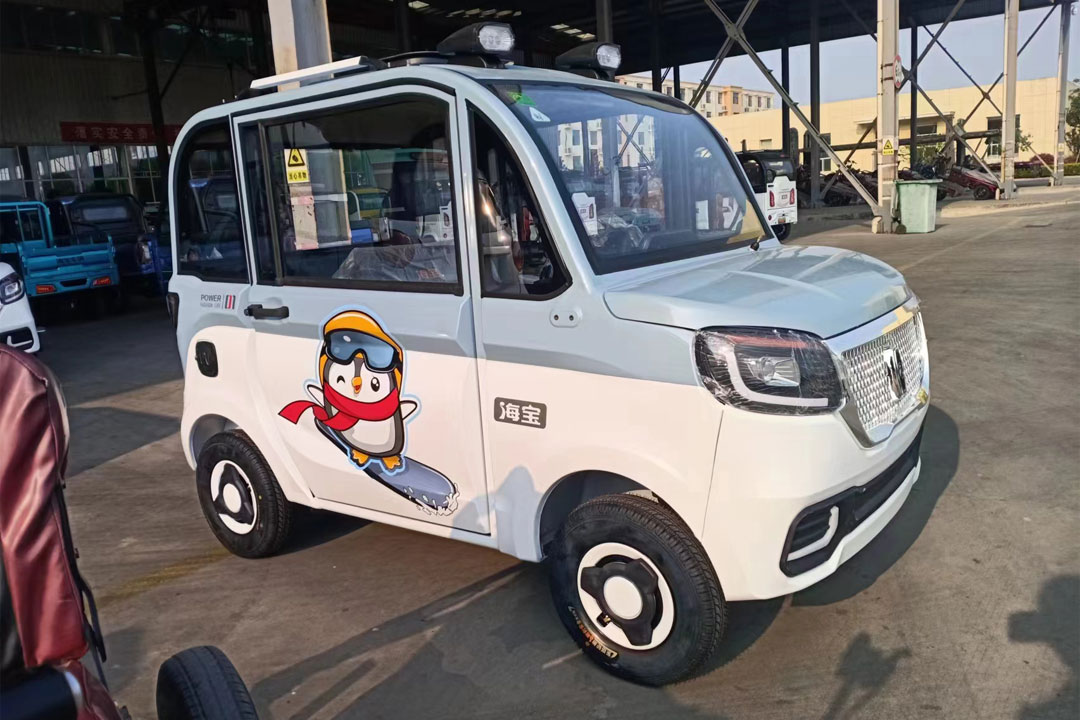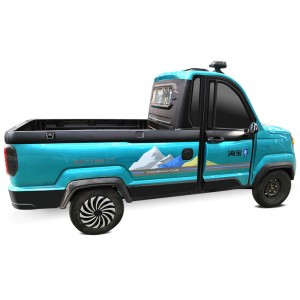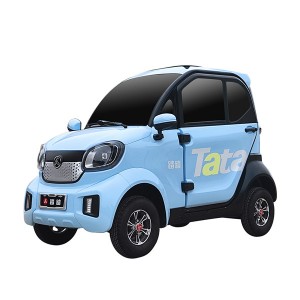In recent years, low-speed electric four-wheel vehicles have gained popularity worldwide due to their versatility, efficiency, and eco-friendliness. These vehicles are finding various applications across different countries, serving diverse needs and preferences. Let's delve into the different usage scenarios of low-speed electric four-wheel vehicles across different nations.

In densely populated urban areas, such as cities in China and India, low-speed electric four-wheel vehicles are becoming a preferred mode of commuting. With rising concerns over pollution and traffic congestion, these vehicles offer a convenient and environmentally friendly alternative for short-distance travel. They are often used for daily commutes to work, shopping trips, and navigating through crowded city streets.
In countries like Italy, Greece, and Spain, low-speed electric four-wheel vehicles are popular among tourists and locals alike for leisurely exploration of scenic landscapes and historic sites. These vehicles provide a relaxing and enjoyable way to tour cities, coastal areas, and countryside regions. They offer the freedom to explore at a leisurely pace while minimizing environmental impact.
Universities and residential communities in countries like the United States and Canada are increasingly adopting low-speed electric four-wheel vehicles for campus and community transportation. These vehicles serve as efficient shuttles for students, faculty, and residents, providing convenient mobility within large campuses and residential areas. They help reduce reliance on traditional cars and promote sustainable transportation options.
In industrialized nations such as Germany, Japan, and South Korea, low-speed electric four-wheel vehicles are utilized for various industrial and commercial purposes. They are commonly used in warehouses, factories, and logistics centers for transporting goods and materials over short distances. These vehicles offer cost-effective and energy-efficient solutions for intra-facility transportation needs.
Countries like the Netherlands and Sweden are implementing low-speed electric four-wheel vehicles as part of their mobility solutions for elderly and disabled populations. These vehicles provide accessible and convenient transportation options for individuals with mobility limitations, enabling them to maintain independence and social connectivity within their communities.
In conclusion, low-speed electric four-wheel vehicles are versatile and adaptable transportation solutions that cater to diverse needs and preferences across different countries. Whether for urban commuting, leisurely touring, campus transport, industrial applications, or mobility assistance, these vehicles are contributing to a more sustainable and inclusive mobility landscape worldwide.
- Previous: Trends in the Global Market Development of Cargo Electric Tricycles
- Next: How to Choose the Right High-Speed Electric Motorcycle?
Post time: Mar-04-2024





